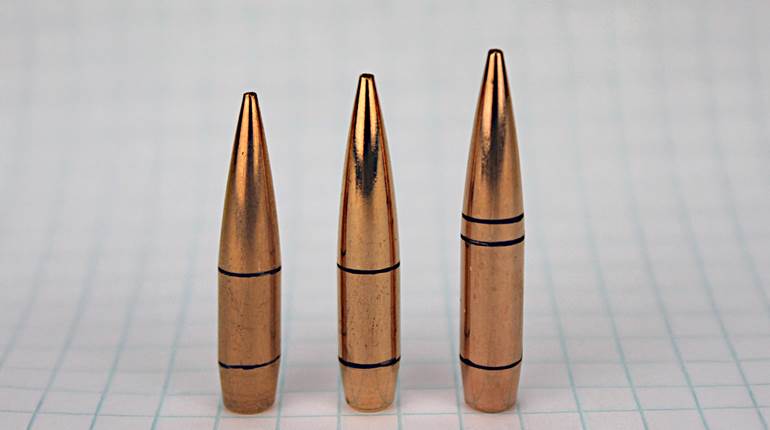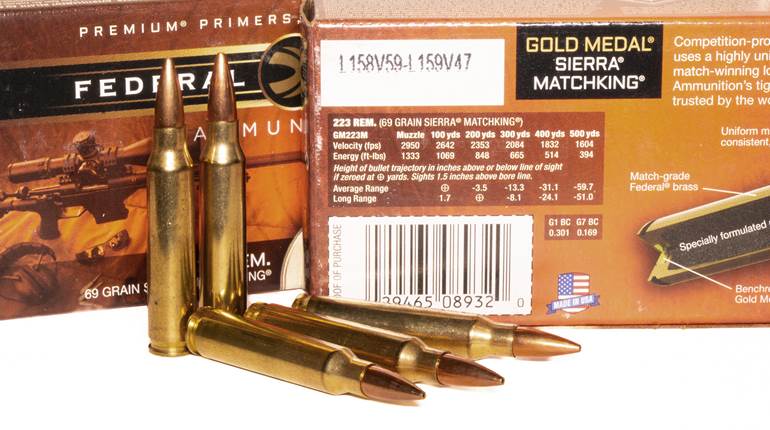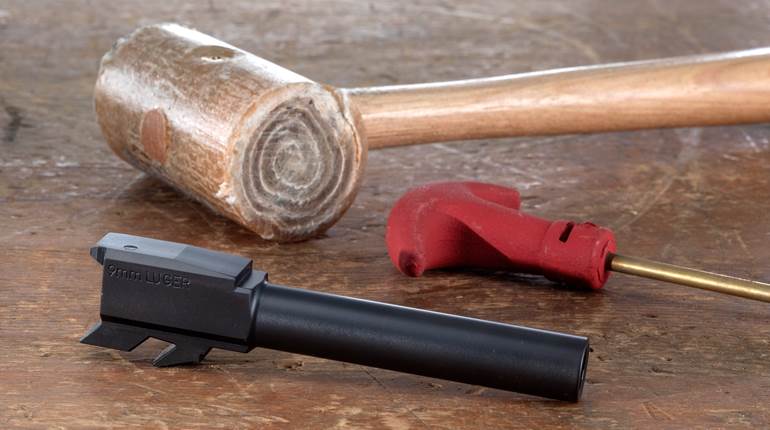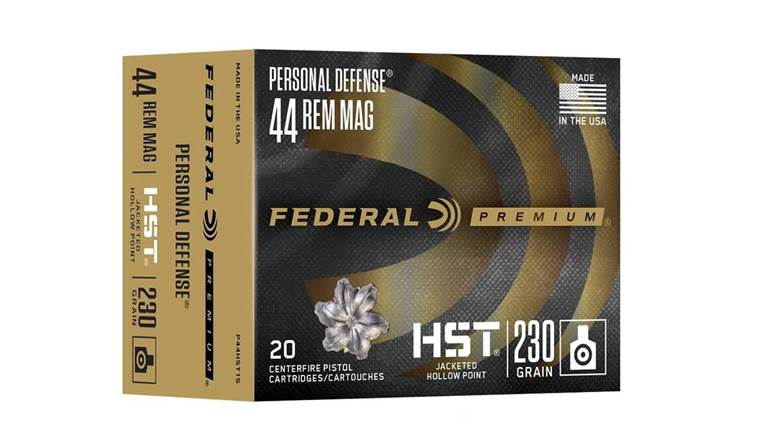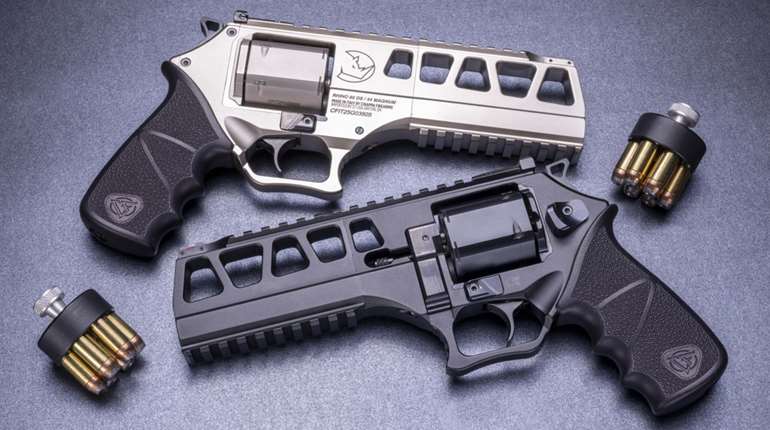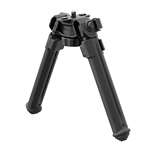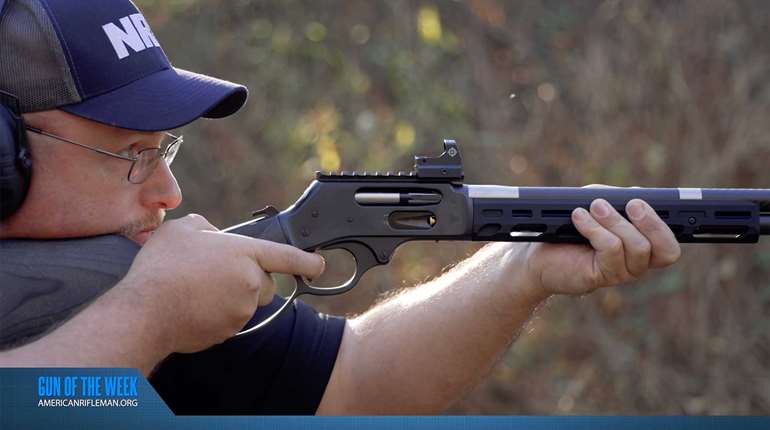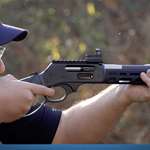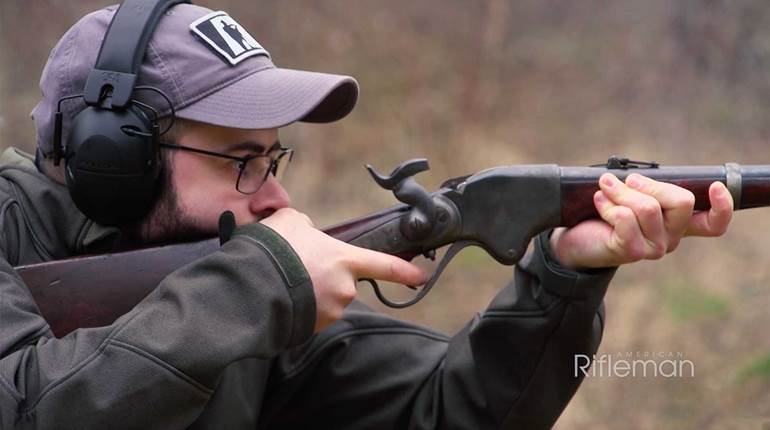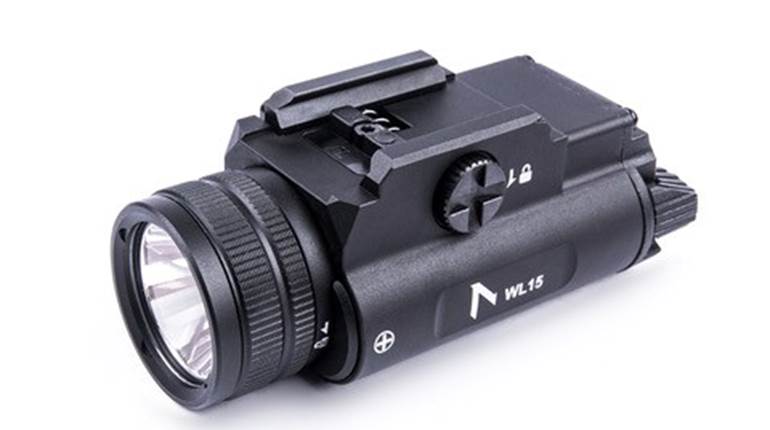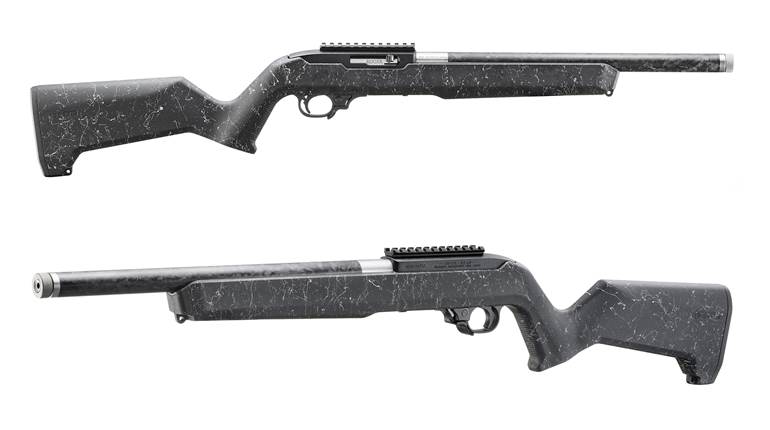In case you hadn’t noticed, the great ammo shortage we are experiencing has extended well into 2021. It is to the point that my friend Jason Vanderbrink, who also happens to be the president of Federal Premium Ammunition, CCI-Speer and Remington Ammunition, took time out to further address the concerns of his customers.
In an earlier video, Jason received 13,000 comments. In this latest one, he addresses some of the topics brought up by those consumers.
First and foremost, he addressed the safety of the thousands of his employees in Minnesota, Arkansas and Idaho. Just so you know, the Remington plant in Arkansas—gutshot by previous bad management—is making more and ammo everyday under its new ownership and management. As pointed out by Vanderbrink’s friendly competitor Jason Hornady, when a guy who runs a bullet press gets sick or quarantined, they can’t send the machine home with him.
One of the symptoms of the surge in demand has been that people looking for defensive ammunition have substituted hunting ammunition for defensive ammunition when they could not find the latter. Remember, there are an estimated 7 million new shooters, putting more demand into an already strained supply chain.
Also, hunting licenses sales are up this year, which is great for a future. The problem occurs when buckshot isn’t available. Heavy goose loads or the next best thing at the gun shop counter get bought by people who aren’t hunters. Then hunters can’t find what they need and get mad. It’s simple substitution. You can’t get what you want? You buy the next best thing, which resulted in severe shortages of both center-fire rifle and shotshell ammunition last fall.
Primers are on everyone’s mind these days, and I have personally witnessed friends who usually buy a few here or there stocking up with literally tens of thousands. One has accumulated enough that I think Federal might be tempted to buy some back from him. He has what is likely several lifetimes worth of primers in his shop, safely and properly stored, but every one he bought is one less in commerce anymore.
The thing you have to realize about primers is they are really only made in four places in the United States: Federal in Minnesota, CCI in Idaho, Remington in Arkansas and Winchester in Mississippi. As demand for loaded ammunition increases, the primers that would go to handloading consumers end up being run through the factories producing loaded ammunition. And primer capacity is something that cannot be easily increased. As Jason points out, if Federal needs those primers for loaded ammunition, they cannot be diverted to handloaders.
Jason also addresses adding a new factory, which is neither inexpensive nor easy. On “American Rifleman Television,” we have been inside most of the major ammunition factories in the United States, and as soon as we get our COVID vaccines, we are on our way to Remington in Arkansas. I thought this would be a great opportunity to actually show you how ammunition is made. Every company does it just a little bit differently, but from our previous visits to Federal Premium, Winchester and Hornady, you can get a sense of not only what is involved, but also why it’s not easy to just put up a new plant.
Jason called the workers and the products from the Federal, CCI and Remington factories—as well as other American ammo makers—“the heart of American manufacturing.” And those folks are working their hearts out. Take a few minutes, and look at what these men and women do every day to produce the best ammunition possible—and as much as they are able.
Keefe Report: On the Front Lines of the Ammo Shortage
** When you buy products through the links on our site, we may earn a commission that supports NRA's mission to protect, preserve and defend the Second Amendment. **
